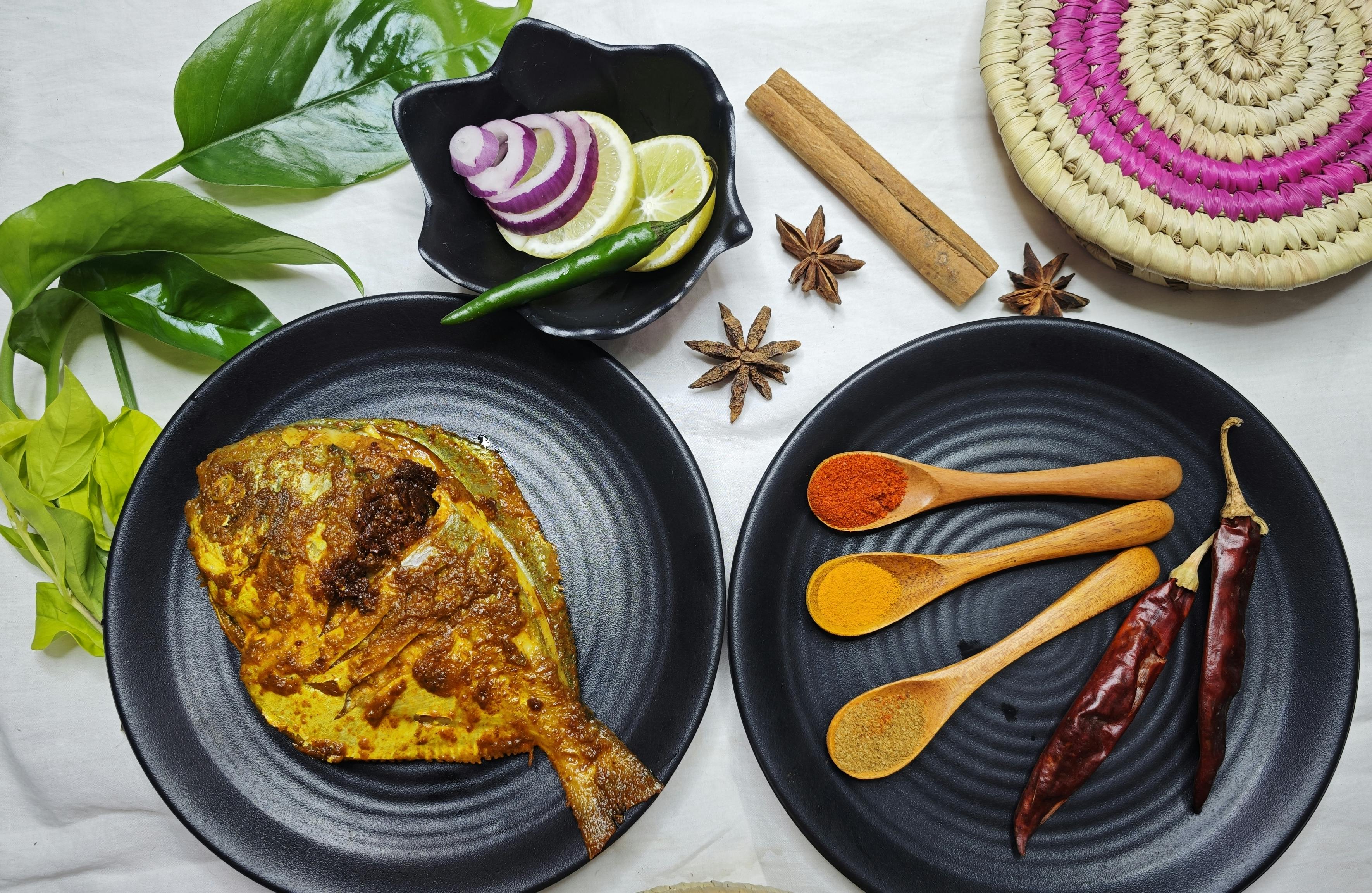Savoring the Magic of Moroccan Cuisine: A Culinary Journey
The vibrant, aromatic world of Moroccan cuisine beckons us with its mesmerizing flavors and unforgettable experiences. Let's embark on a gastronomic journey to unravel the magic hidden within this North African culinary tradition. The heart of Moroccan cuisine lies in its rich history, influenced by Berber, Arab, French, and Mediterranean cultures. This unique blend has created a culinary tradition known for its aromatic spices, slow-cooked meats, and hearty grain dishes. The traditional Moroccan meal starts with a series of hot and cold salads, followed by a tagine, and it is not uncommon to see meals traditionally served on a communal platter.

The Vibrant Moroccan Palate
The Moroccan palate is characterized by the delicate balance between sweet and savory flavors. Cumin, coriander, saffron, and turmeric are frequently used, often complemented by sweet elements like dried fruits and honey. This unique blend creates dishes that are flavorful, comforting, and utterly unforgettable.
The Art of Making Tagine
Tagine, a slow-cooked stew named after the earthenware pot it’s cooked in, is a Moroccan culinary icon. The cooking process involves slow simmering of meat, often lamb or chicken, with seasonal vegetables, spices, and dried fruits. The result is a tender, flavorful dish with a sauce that’s perfect for sopping up with Morocco’s traditional bread, Khobz.
The Sweet Side of Morocco: Pastries and Mint Tea
Moroccan meals are incomplete without their sweet pastries and the renowned Moroccan mint tea. Baklava, a sweet pastry made of layers of filo filled with chopped nuts and sweetened with syrup or honey, is a favorite. Meanwhile, the Moroccan mint tea, a symbol of hospitality, is a blend of green tea, fresh mint leaves, and a generous amount of sugar.
Moroccan Street Food: A Taste of the Everyday
Moroccan street food offers a taste of everyday life in this vibrant country. From the sizzling grills of Merguez sausages to the sweet delights of honey-drizzled Chebakia, the street food scene is as diverse as it is delicious.
- Did you know? Couscous, a staple in Moroccan cuisine, was listed as an Intangible Cultural Heritage of Humanity by UNESCO in 2020.
- Spice it up! Ras el hanout, a spice blend whose name means “head of the shop,” is a cornerstone of Moroccan cooking, with each shop or family having their own secret recipe.
- Tea time! Moroccan mint tea is traditionally served three times to guests. Each serving has a unique taste, with the first being strong, the second sweet and strong, and the third sweet.
Conclusion
Exploring Moroccan cuisine is like weaving through the bustling streets of a Moroccan souk - filled with vibrant colors, alluring aromas, and a sense of adventure at every turn. As we savor each bite, we are not just tasting food; we are experiencing a rich, multi-faceted culture that tells stories of tradition, community, and a love for good food.




